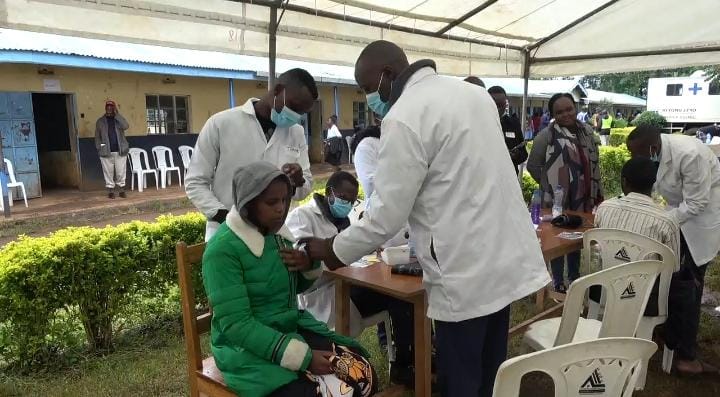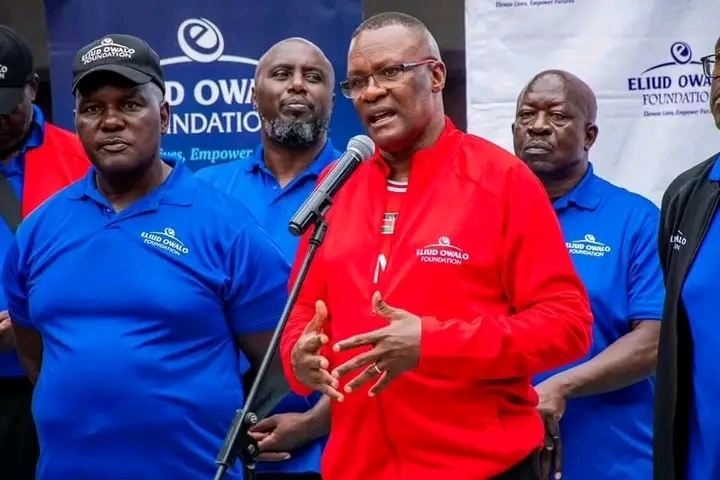Kisumu
Friday, April 26, 2024
KNA by Robert Ojwang’
Kenya has recorded a steady decline in malaria cases in the past decade indicating significant progress in the country’s intensified efforts to eliminate the disease.
National malaria prevalence dropped from 8% in 2015 to 6% in 2020 according to the Kenya Malaria Indicator Survey.
Health Cabinet Secretary (CS) Susan Nakhumicha attributes the milestone to the collaborative efforts between the national and county governments, healthcare professionals, private partners, as well as communities in the uptake of malaria prevention and treatment measures.
Nakhumicha reported that malaria incidents decreased by 7% between 2016 and 2023, while the mortality rate declined by 32% between 2019 and 2023.
Speaking in Muhoroni Sub-County, Kisumu County on Thursday during World Malaria Day, 2024, the CS emphasized the need for a collective approach by engaging all sectors to accelerate the efforts to realize a malaria-free Kenya by 2030.
“There is a strong responsibility on the community to ensure that the investments in malaria count. This is by ensuring consistent and correct use of critical malaria prevention tools like the Long-Lasting Insecticidal Nets (LLINs),” she said.
She said the mass distribution of 16 million LLINs to over 27 million citizens in 22 high malaria-burden counties in the financial year 2023/24 substantially reduced cases of the vector-borne disease in the country.
The government’s initiative to implement Indoor Residual Spraying (IRS) in malaria-burdened counties such as Busia, Migori and Homa Bay has yielded remarkable results in reducing transmission rates, effectively preventing and protecting pregnant women and children under age 5 from malaria.
The IRS focuses on spraying buildings with an insecticide which kills mosquitoes, a vector that spreads malaria.
“Furthermore, the roll-out of a malaria vaccine in high-endemic counties has contributed to a decrease in hospitalizations due to severe malaria in children under five years of age,” she added, while expressing satisfaction at the significant strides on the uptake of the RTS, S malaria vaccine recommended by World Health Organization (WHO).
However, Nakhumicha claimed that the progress remains fragile and challenging and she underscored the need to urgently address the intersecting issues of gender disparities, health equity and human rights in the quest to eradicate malaria.
“Despite these achievements, challenges persist, including financial constraints, climate change, and emerging resistance to insecticides and drugs. We must remain vigilant in our surveillance efforts and invest in innovative strategies to address these obstacles head-on,” she remarked.
Dr. James Dan Otieno, Malaria technical officer with WHO Kenya, while representing Dr. Abdourahmane Diallo, WHO Kenya Representative at the event, emphasized the critical role of enhanced partner collaboration in achieving Kenya’s ambitious malaria eradication goals.
He reiterated that with a focused effort in the fight against the scourge, Kenya has the potential to achieve zero malaria cases by 2030.
Dr. Otieno lamented over the grim reality that an estimated 3.5 million new clinical cases are recorded and 10,700 deaths occur due to malaria annually.
Courtesy; KNA





